
MG ZS EV India Review: First Drive
With the ZS EV, MG India is all set to foray an electric-powered vehicle that bridges the gap between saving the environment without obliterating the fossil fuel. Now what remains to be seen, is how they price it.
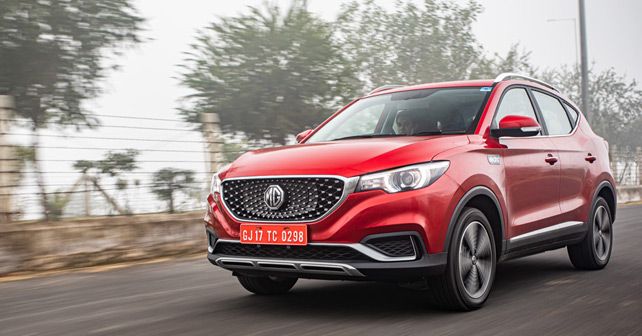
The EVs are coming thick and fast now, but are they really all that electrifying?
Environmental problems are real! And so is climate change. One can’t stress this enough. Greta Thunberg’s bid to raise awareness is admirable. But she’s not alone. Last year, the Frankfurt Motor Show, one of the biggest motor shows in the world, witnessed protests from climate change activist who called for an end to combustion engines and a shift towards emission-free vehicles.
However, globally, electric cars face a number of impediments. First, they are extremely low volume because of some very real production and demand limitations. And then there’s the problem of the limited lifespan of their battery packs – not to mention problems concerning charging infrastructure and range anxiety.

All this doesn’t paint a very promising picture for electric cars in the near future, both globally and in India. But, still, all those involved are doing their level best to ensure that this transition, which appears inevitable, is seamless.
So, we must appreciate those manufacturers who have taken the bold step (and substantial risk) to give us world-class electric cars in India. And, I’m very happy to report that, hot on the heels of India’s very first usable EV – the Hyundai Kona, one of our ‘Best of 2019’ – comes the second such vehicle for our market, the MG ZS EV.
Now, the ZS EV is not on the market just yet, but its bookings are open, and you can head to your nearest MG dealer to check it out for yourself. But, before you get there, here’s a little insight on what to expect.

Impressive on-paper
The ZS EV is a fully electric car, powered by a water-cooled 44.5kWh lithium-ion battery pack. It sends power to a three-phase permanent magnet synchronous motor, allowing for 140bhp of power and 353Nm of torque at the front wheels through a single-speed gearbox. The ARAI rated on-paper driving range for the ZS EV is 340kms, which is impressive.
The ZS EV comes loaded with a lot of equipment, such as automatic headlamps & wipers, an electrically adjustable driver’s seat, cruise control, and a cabin air filter.
But, above all, its most interesting and important highlight in terms of features is that it’s a connected car! There’s an inbuilt SIM card in the car, but if it happens to be out of network, you can use the hotspot connectivity of your phone to power up its connected features.
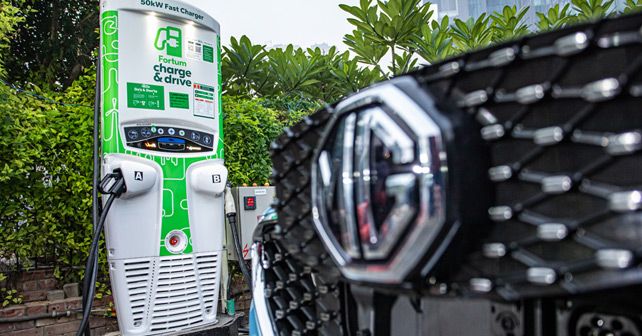
Now, all these features are great, but overall cabin quality is a little disappointing for a car that’s likely to run you in excess of 20 lakhs. While there is leather upholstery and some soft-touch plastics inside the cabin, there are a lot of hard plastics too. That said, the seating position is great, and you get a good view out of the cabin.
The huge dual-panel sunroof is a big plus too, and makes the cabin feel very airy – especially for rear-seat passengers. Now, because it’s a crossover EV, it has a high floor, as the battery pack is sandwiched between the passenger floor and the underbody of the car. As a result, while there is adequate legroom, under-thigh support is lacking.
Suited to the city
Since it’s an electric car, you have to look at the instrument cluster after hitting the start/stop button to ensure that the car is on. Once you set off, you hear a reassuring noise from the motor, which is nice – for first-timers, the lack of noise or feel in an EV can be a little disconcerting, initially at least.
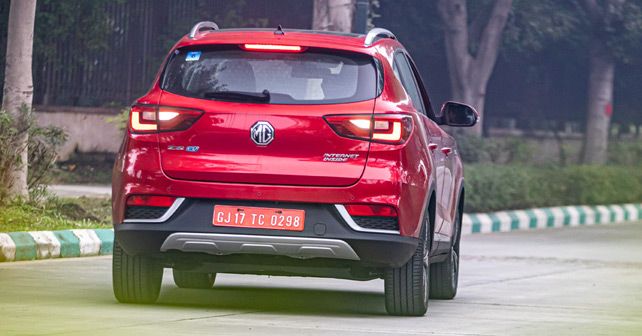
In this sense, the ZS electric feels a little like a conventional car, because there’s a certain amount of mechanical feel from the vehicle – to the extent that you even get some mild vibrations through the accelerator pedal and steering wheel. To that extent, it doesn’t feel as refined as the Hyundai Kona EV that we tested a few weeks ago.
The car comes with three driving modes – Eco, Normal, and Sport. And I’m sure that actual driving range will depend on the mode you drive in and the level of regenerative braking (also available in three modes) that you use.
Now, unfortunately, our short test drive meant that we couldn’t experience the car fully, but what I can tell you is that the ZS EV feels very nimble and agile at city speeds. And, thanks to great visibility from the driver’s seat, it’s a very comfortable and easy car to drive. The instant response from the electric motor and the nimble steering further add to the overall drive experience.
In terms of ride and handling, though, there’s a bit of vertical movement at moderate speeds over bumps that makes the car feel a little unsettled. Plus, there’s a fair amount of body-roll as well, and you can feel the weight of the vehicle around faster bends. But, since this will be a city car primarily, neither of these should pose too much of a problem in everyday use.
Performance where it counts
Electric cars with this kind of battery capacity offer phenomenal real-world performance and range – making them very good urban runabouts. What’s more, MG also gives you the option of using DC fast chargers that are being set up at their dealerships.
MG is bringing the ZS EV into the country without undergoing Indian homologation, and, therefore, will only be able to sell a maximum of 2,499 units in a year. The ZS EV will allow the company to gauge what the actual demand for EVs are in the country, and allow them thereafter to formulate a lasting long-term plan for their electric cars in India. It’s no secret that the Chinese (MG is owned by Chinese giant SAIC) have a strong first mover advantage in the EV space, and they can certainly use this to get the jump on the rest of the auto industry if EVs actually start to pick up market share. In that sense, the ZS EV is not only important for the Indian market – in terms of offering up zero emissions mobility in a very usable and attractive package – but also critical to the manner in which the Chinese auto industry can begin it make real inroads into the Indian market.
Also read - Living with the Hyundai Kona Electric
Motor: Permanent magnet synchronous motor
Energy: Electricity
Battery: 44.5kWh Lithium-ion
Transmission: Single-Speed Automatic / Front-Wheel Drive
Power: 140bhp
Torque: 353Nm
X-factor: A great urban runabout, with the option of using DC fast chargers at MG showrooms!
| Pros • Comfortable daily driver • Driving range | Cons • Ride comfort • Trim quality |


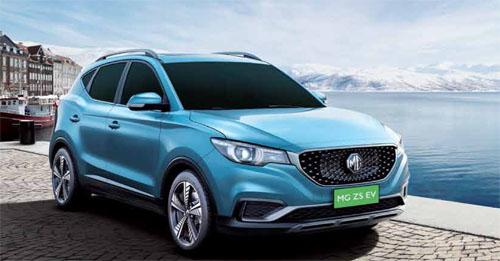

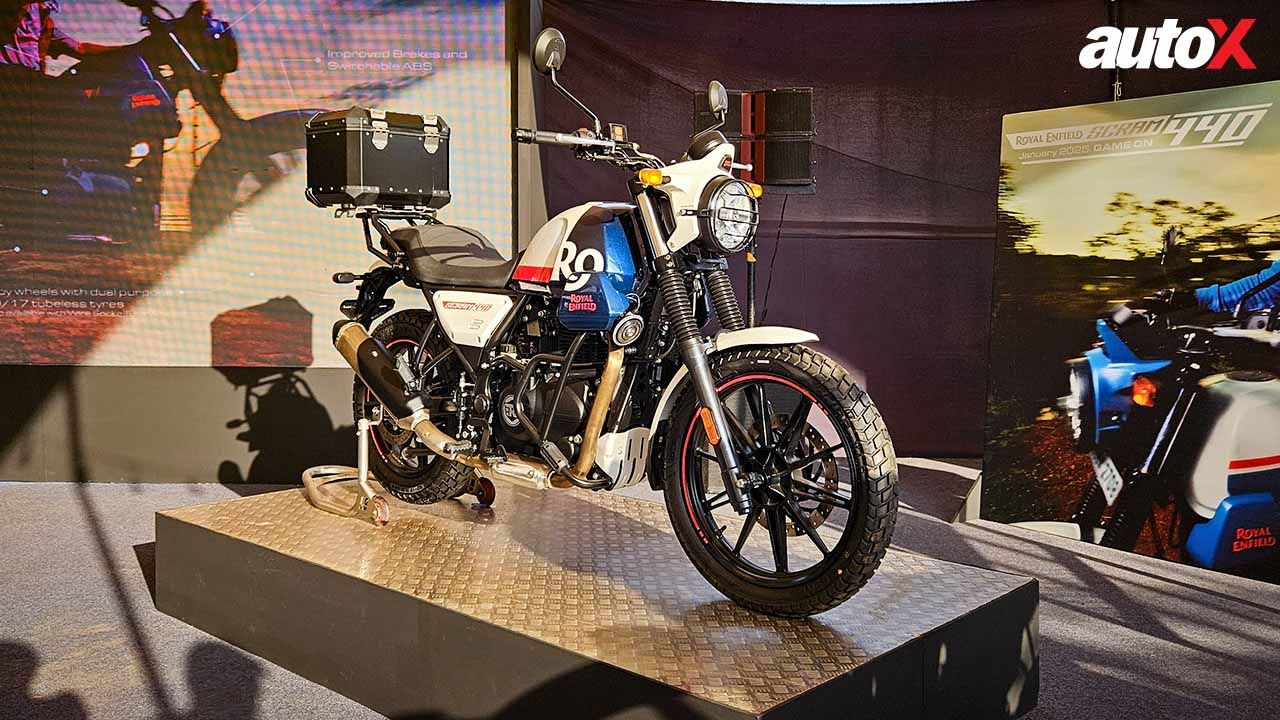
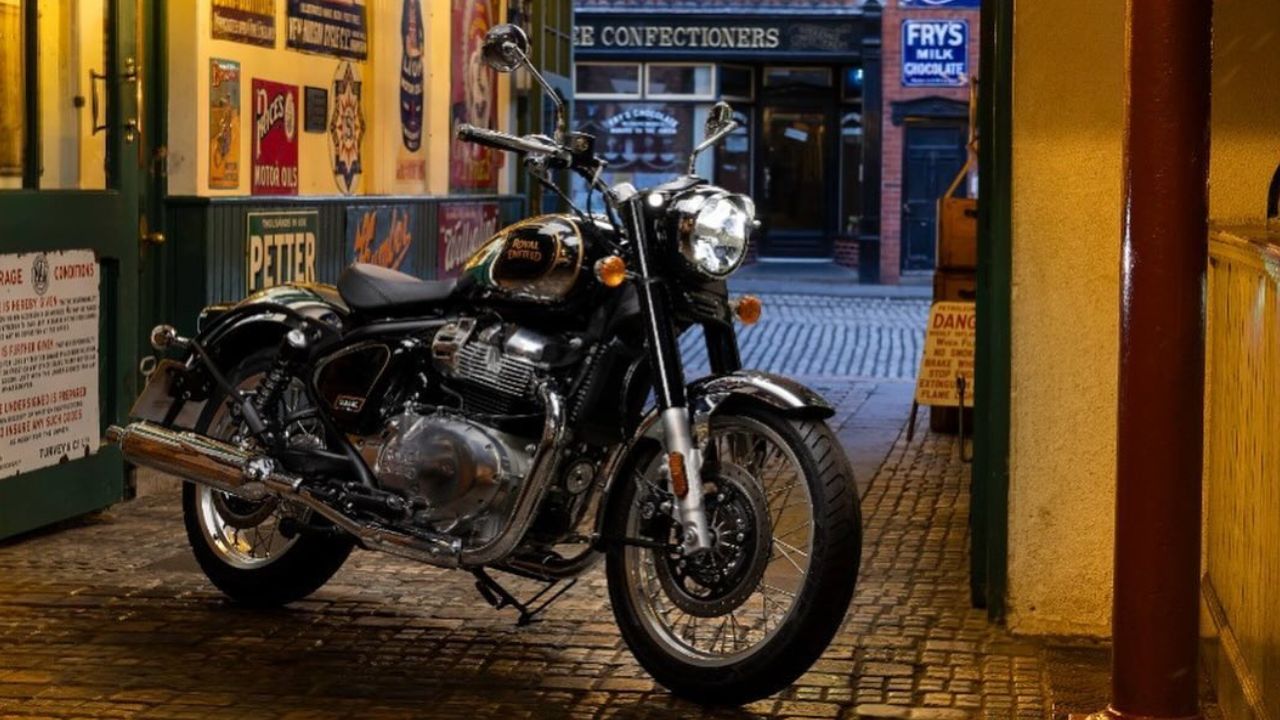
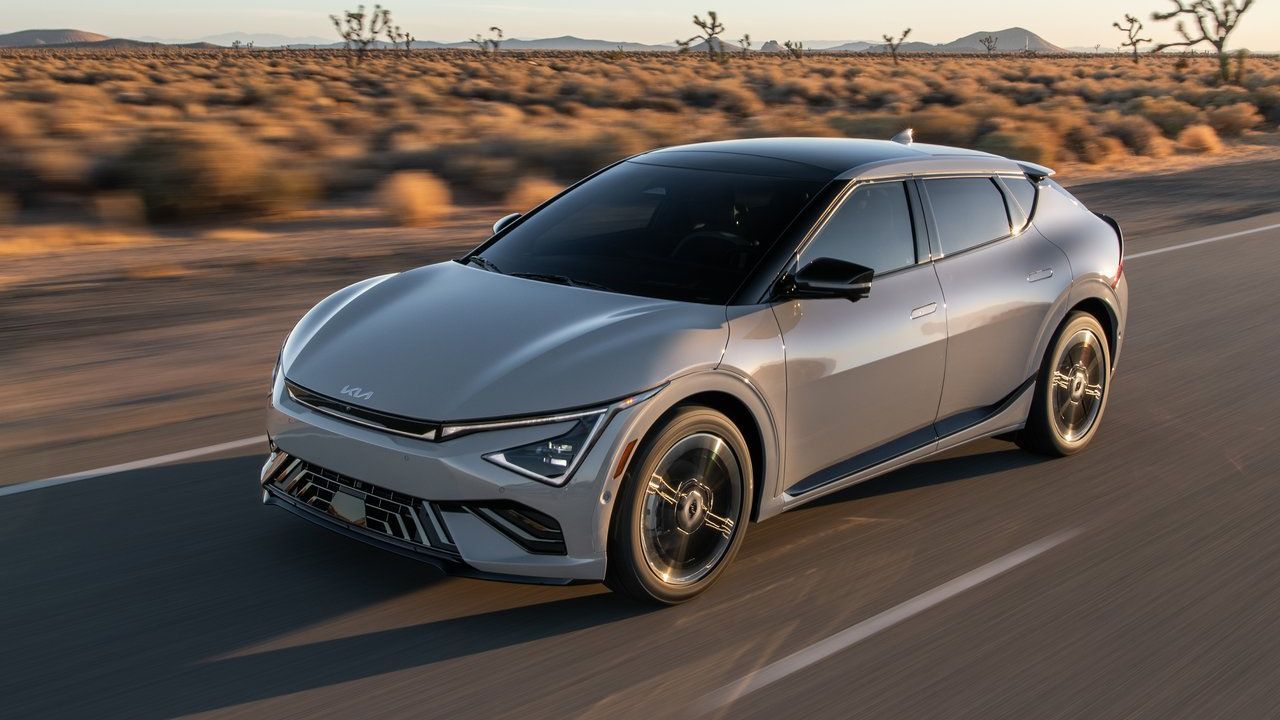
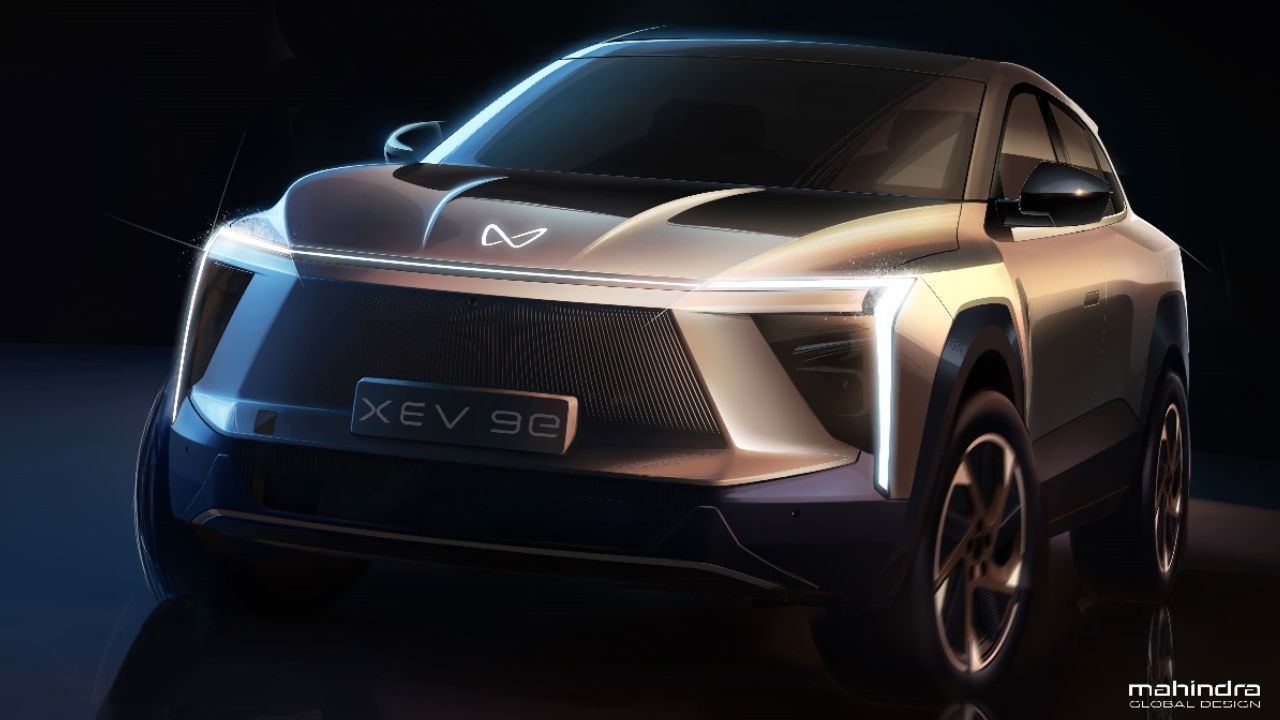
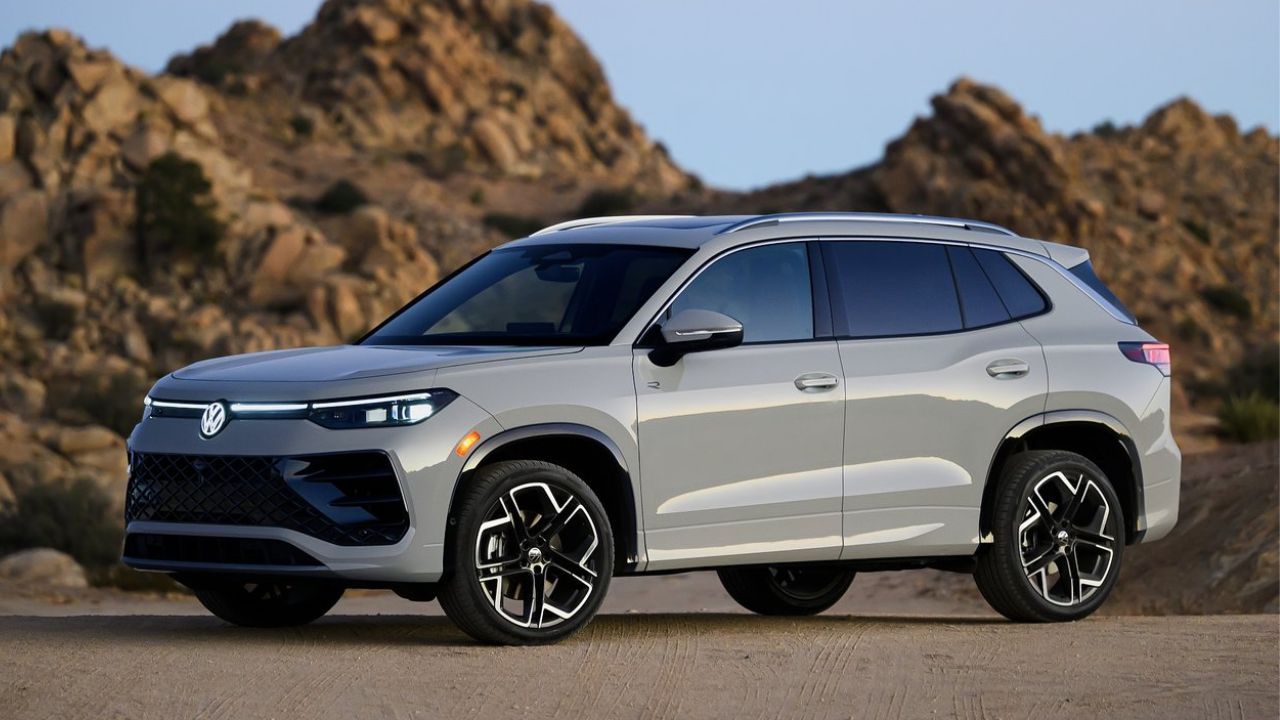
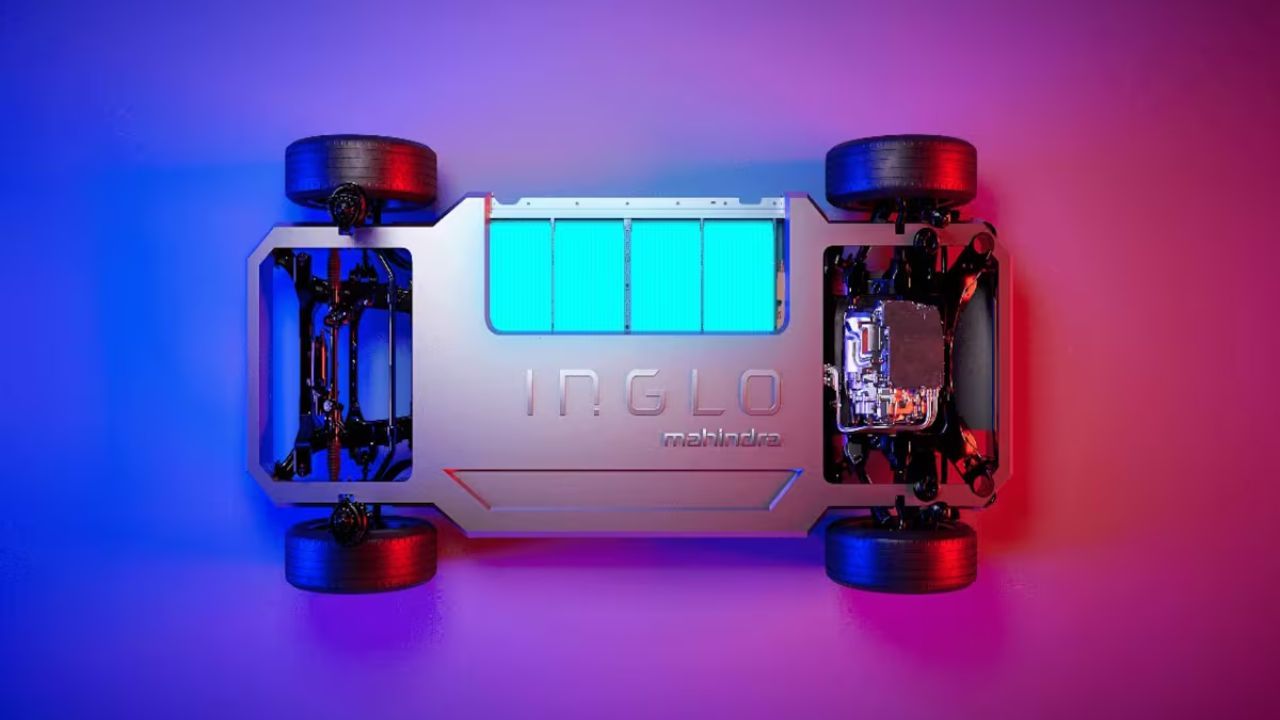
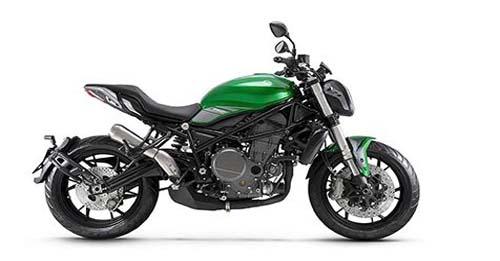
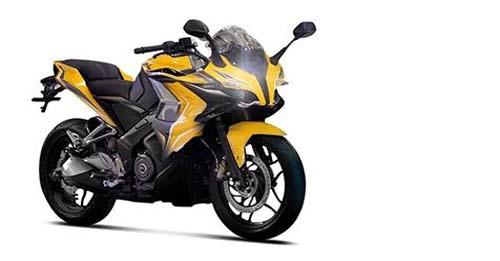
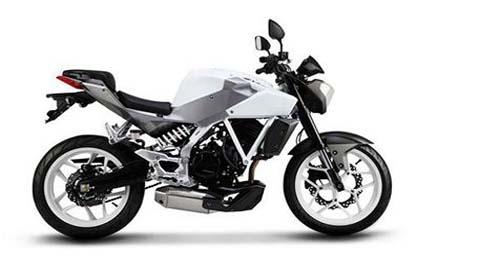
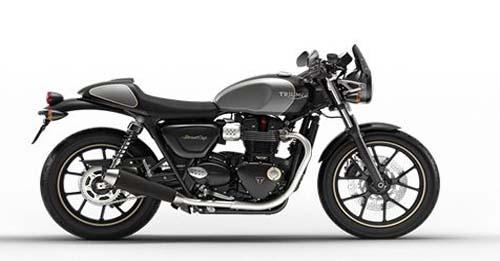
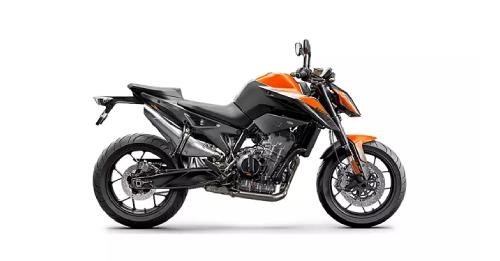









Write your Comment on